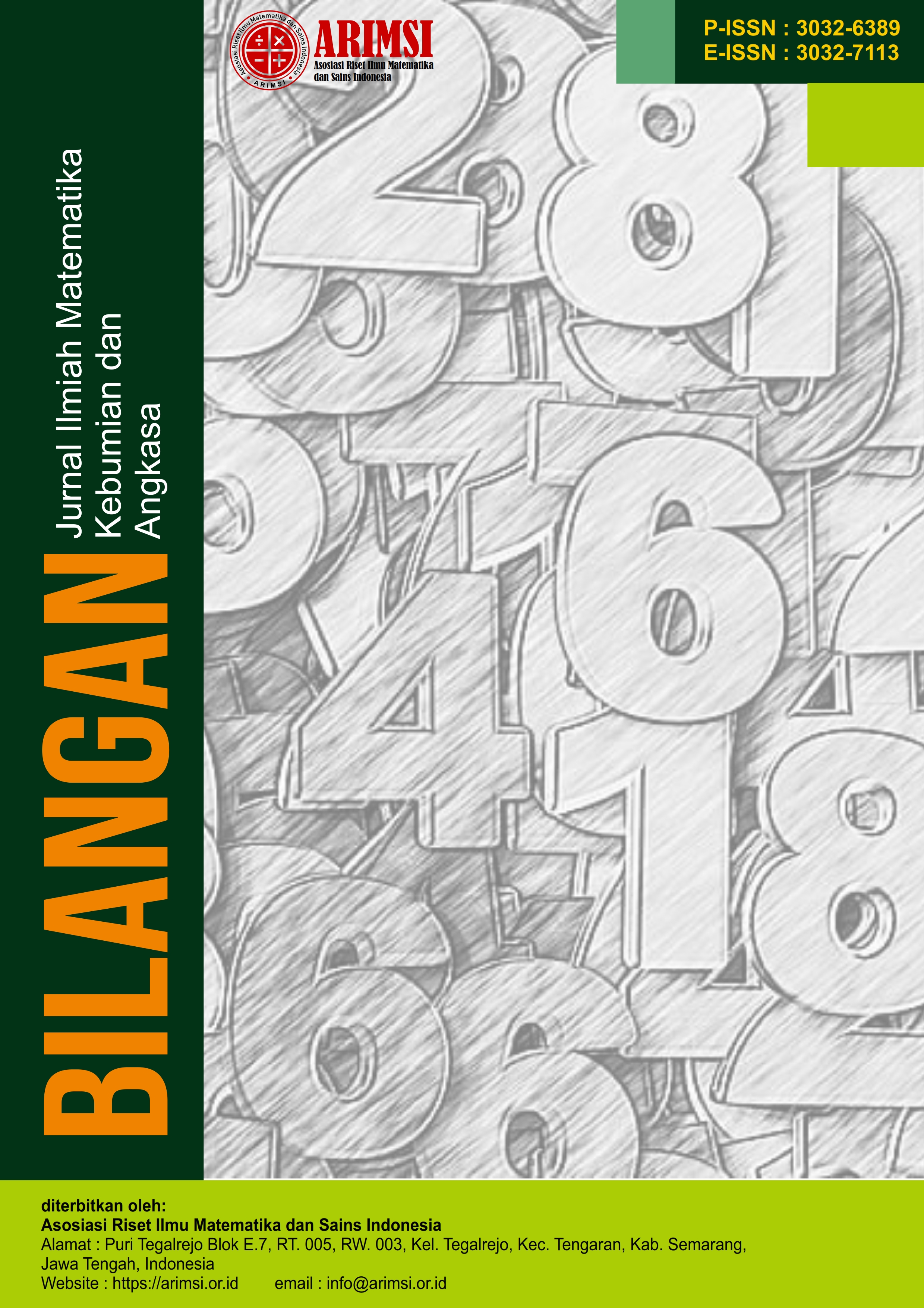Upaya Meningkatkan Hasil Belajar IPA dengan Menggunakan Metode Demonstrasi pada Siswa Kelas IV SD Inpres Teas Kecamatan Noebeba Tahun Ajaran 2022/2023
DOI:
https://doi.org/10.62383/bilangan.v2i6.426Keywords:
Active learning, Demonstration method, Learning outcomes, Science education, SD Inpres TeasAbstract
This study aims to enhance students' learning outcomes in Natural Science (IPA) through the demonstration method in fourth-grade students at SD Inpres Teas, Noebeba District, Timor Tengah Selatan Regency. The research was motivated by low science learning outcomes, with 60% of students failing to meet the Minimum Competency Criteria (KKM) of 70. Conventional teaching methods contributed to students' passivity and lack of engagement. This Classroom Action Research (CAR) follows the Kemmis and McTaggart model, consisting of two cycles with four stages: planning, implementation, observation, and reflection. The study involved 10 fourth-grade students, with data collected through learning outcome tests, observations, and teacher interviews. Descriptive quantitative analysis compared student performance before and after intervention. Results indicated that the demonstration method effectively improved science learning outcomes. Initially, students scored an average of 73.5, with a mastery rate of 40%. After applying the demonstration method in cycle I, the average increased to 84.1, with 70% mastery. In cycle II, refining teaching strategies led to an average score of 90.1, with 90% mastery. The method also enhanced student engagement, teamwork, and conceptual understanding. These findings suggest that the demonstration method is an effective strategy for improving science learning outcomes. Teachers are encouraged to incorporate demonstrations regularly, and schools should provide necessary resources to optimize learning experiences.
Downloads
References
Arikunto, S. (2010). Prosedur penelitian: Suatu pendekatan praktik (Edisi revisi). Rineka Cipta.
Azwar, S. (2009). Sikap manusia: Teori dan pengukurannya (Edisi 2). Pustaka Pelajar.
Bloom, B. S. (1979). Taxonomy of educational objectives: The classification of educational goals. Longman.
Dimyanti, & Mudjiono. (2013). Belajar dan pembelajaran. Rineka Cipta.
Djamarah, S. B. (2012). Strategi belajar mengajar. Rineka Cipta.
Fathurrahman, P. (2008). Strategi belajar mengajar. PT Refika Aditama.
Hadi, S. (2011). Metodologi penelitian pendidikan. Andi Offset.
Huda, M. (2013). Model-model pengajaran dan pembelajaran. Pustaka Pelajar.
Jihad, A., & Haris, A. (2012). Evaluasi pembelajaran. Multazam.
Majid, A. (2014). Strategi pembelajaran. PT Remaja Rosdakarya.
Mardapi, D. (2008). Teknik penyusunan instrumen tes dan non-tes. Mitra Cendekia Press.
Ruseffendi, E. T. (2013). Pengantar kepada teori belajar matematika. Tarsito.
Setyawan, B. (2012). Pembelajaran IPA di sekolah dasar. Pustaka Indonesia.
Sudjana, N. (2013). Penilaian hasil proses belajar mengajar. PT Remaja Rosdakarya.
Sugiyono. (2015). Metode penelitian pendidikan: Pendekatan kuantitatif, kualitatif, dan R&D. Alfabeta.
Suprijono, A. (2013). Cooperative learning: Teori dan aplikasi PAIKEM. Pustaka Pelajar.
Susanto, A. (2016). Teori belajar dan pembelajaran di sekolah dasar. Kencana.
Wasliman. (2013). Psikologi pendidikan. Rineka Cipta.
Widoyoko, E. P. (2012). Evaluasi program pembelajaran. Pustaka Belajar.
Wijaya Kusumah, & Dwitagama, D. (2011). Mengenal penelitian tindakan kelas. Indeks.
Downloads
Published
How to Cite
Issue
Section
License
Copyright (c) 2024 Bilangan : Jurnal Ilmiah Matematika, Kebumian dan Angkasa

This work is licensed under a Creative Commons Attribution-ShareAlike 4.0 International License.





